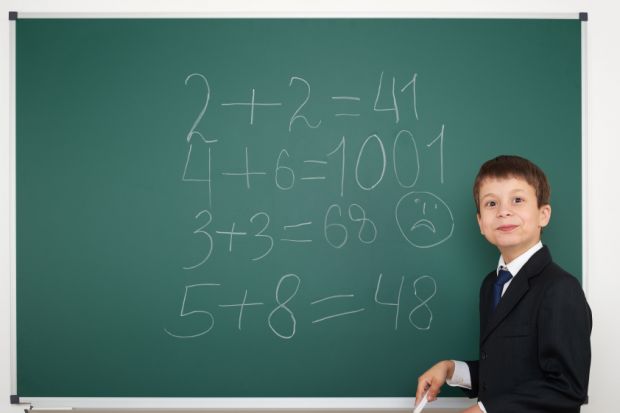It should come as no surprise that journalists pounced on statistics that apparently showed that students who went to a state school were more likely to leave university with a first or a 2:1 than graduates who attended a private school.
“State-schooled are more likely to get a good degree,” read the headline in Times Higher Education, and there were plenty of plausible explanations offered by commentators: state school students having potential that remained untapped at age 18, and university admission processes failing to spot talented learners from disadvantaged backgrounds.
What is surprising, however, is that the Higher Education Funding Council for England, which produced the data, had got its figures the wrong way around.
It said that, in 2013-14, 82 per cent of state school leavers who graduated from English universities achieved a first or a 2:1, compared with 73 per cent of independent school students.
In fact, the reverse was true. This was, Hefce said, down to a “transposition error”.
The correction will be welcomed by private school headteachers, for whom the Hefce report had made uncomfortable reading; and they will call on the funding council to stop drawing conclusions based on school type when they argue that there are many overlaps between sectors in terms of quality and intake.
But the reality is more complex. The points difference in favour of independent school students largely reflects the fact that independent school students, on average, achieve better A levels than state school students, and in particular are more likely to get the very highest scores, such as four A grades.
Once prior attainment and other factors such as socio-economic background are controlled for, Hefce says that state school students still perform better than expected against independent school leavers.
Overall there is, the funding council says, “an unexplained four percentage points advantage” to state school students.
This has been an unfortunate episode for Hefce: a worrying error that won’t have done it any favours with ministers at a time when the council’s future is under scrutiny.
But this shouldn’t overshadow the fact that the corrected figures still demonstrate the complex task that universities face in identifying students with the strongest potential to succeed; and that more work is needed to identify why certain groups of students do better than others in higher education.
Register to continue
Why register?
- Registration is free and only takes a moment
- Once registered, you can read 3 articles a month
- Sign up for our newsletter
Subscribe
Or subscribe for unlimited access to:
- Unlimited access to news, views, insights & reviews
- Digital editions
- Digital access to THE’s university and college rankings analysis
Already registered or a current subscriber? Login





